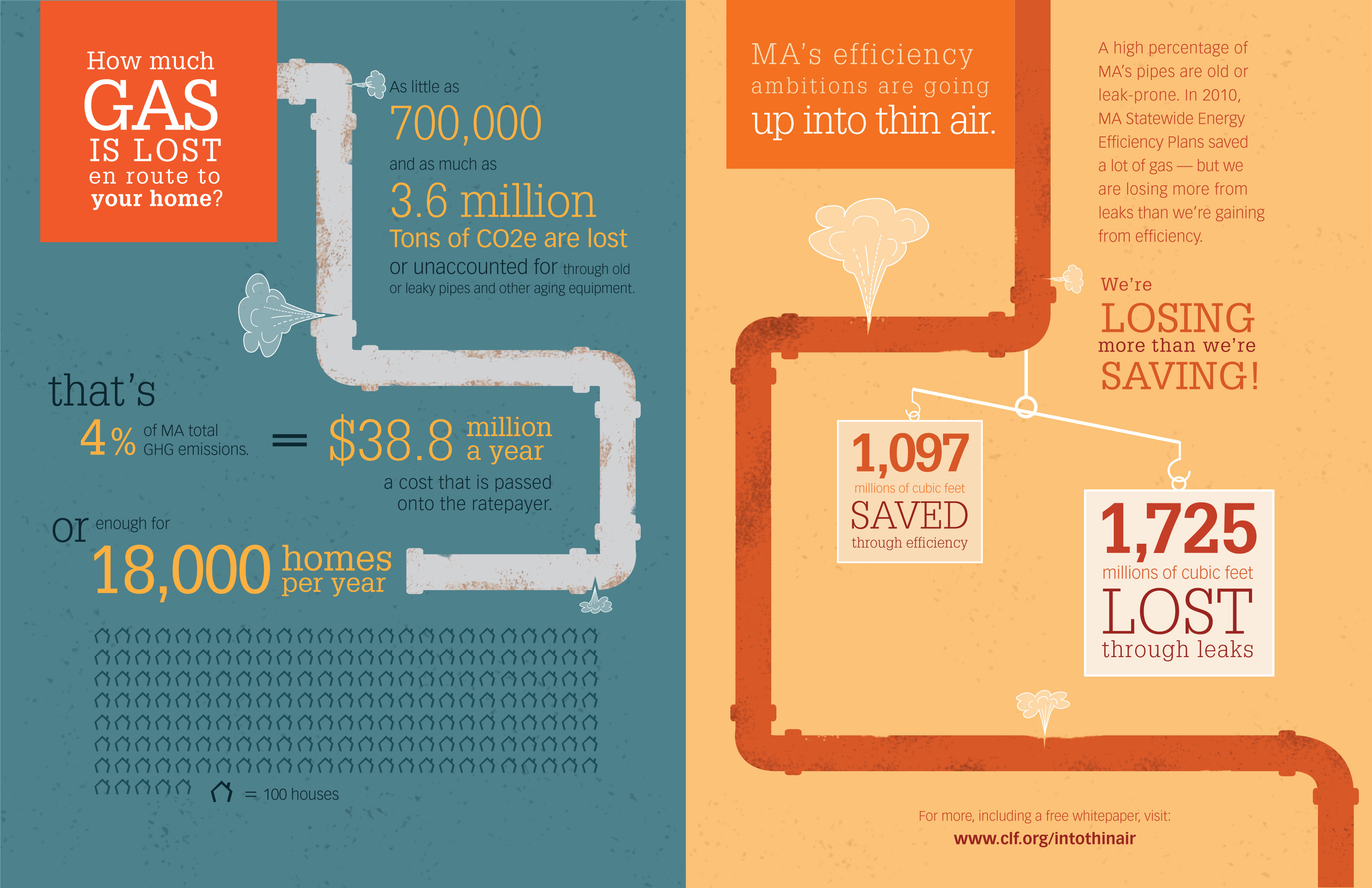Discover How Altering Weather Patterns Can Impact Your Roofing System Setup And Safeguard A Job That Meets Your Standards
Discover How Altering Weather Patterns Can Impact Your Roofing System Setup And Safeguard A Job That Meets Your Standards
Blog Article
Post By-Lohmann Donnelly
When it involves roof setups, the climate can make or damage the work. Think of the aggravation of managing materials that won't work together as a result of severe heat or battling unsafe surface areas triggered by unanticipated rain. Understanding the effect of climate condition on your roof job is essential for an effective end result. So, allow's check out how various weather aspects can influence the top quality and sturdiness of your roof covering setup, making certain a work well done.
Influence of Temperature Level on Roofing System Setup
When it pertains to roof covering setup, temperature level plays an important duty in the process. The ideal temperature for roofing projects normally falls in between 45 and 85 levels Fahrenheit. Extreme heat can trigger materials like tiles to come to be too pliable, resulting in possible damage throughout installment. On the other hand, cool temperature levels can make products brittle and susceptible to splitting. roof replacement san antonio, tx sky roofing construction & remodeling to arrange roof setups throughout moderate temperature levels to make sure the best result.
Throughout colder weather, professionals might need to take added precautions such as making use of heated tools or enabling products to warm up before installment.
On the other hand, heat may require job to be done previously or later in the day to avoid the peak temperatures. By considering the temperature level and its effects on roof products, you can help make sure a successful installment that will certainly withstand the elements for several years to come.
Effect of Rainfall on Roof Projects
Roof covering tasks can be dramatically influenced by rainfall, impacting both the timeline and the high quality of the setup. Rainfall or snow can develop slippery conditions, making it risky for roofing professionals to deal with a wet surface. In addition, wetness can jeopardize the adhesion of products like tiles or underlayment, bring about potential leaks or damages in the future.
If it rains during a roofing project, the water can seep into vulnerable areas, creating delays as the installment staff should wait for the roof covering to completely dry prior to proceeding. Too much dampness can additionally advertise the development of mold and mildew and mildew, further jeopardizing the stability of the roof.
To avoid these concerns, it's recommended to arrange roof covering projects throughout drier periods or monitor the weather forecast very closely to plan around any type of potential rainstorms. By taking safety measures to operate in beneficial weather, you can make sure a smoother and much more successful roofing system installment process.
Impact of Wind Speed on Setup Success
Throughout roofing system installment, the speed of the wind plays a vital role in identifying the success of the project. High wind speeds can posture substantial difficulties to roofing contractors, possibly causing safety risks and high quality issues. When wind speeds go beyond suggested limitations, it ends up being difficult to take care of materials, enhancing the danger of accidents and damage to the roof covering products. Solid gusts can likewise influence the accuracy of measurements and the precision needed for proper setup.
To ensure an effective roof covering installation, it's essential to monitor and think about wind speeds. Ideally, roof setup ought to happen on days with reduced to moderate wind speeds. This not only enhances the safety and security of the employees however additionally improves the total high quality of the setup.
Roofing tasks arranged during tranquil climate condition are more likely to be completed efficiently and with fewer errors. By paying why not check here to wind rate projections and planning as necessary, you can aid guarantee a smooth and successful roof installment process.
Conclusion
So, when it pertains to roof installation, keep in mind to think about the weather conditions to ensure an effective job. Optimum temperatures, completely dry problems, and moderate wind rates are crucial elements to focus on for a smooth installment procedure. By arranging san antonio tx siding contractors throughout the most effective periods and ideal climate condition, you can accomplish a long lasting and resilient roof covering that will certainly safeguard your home for several years to come.
